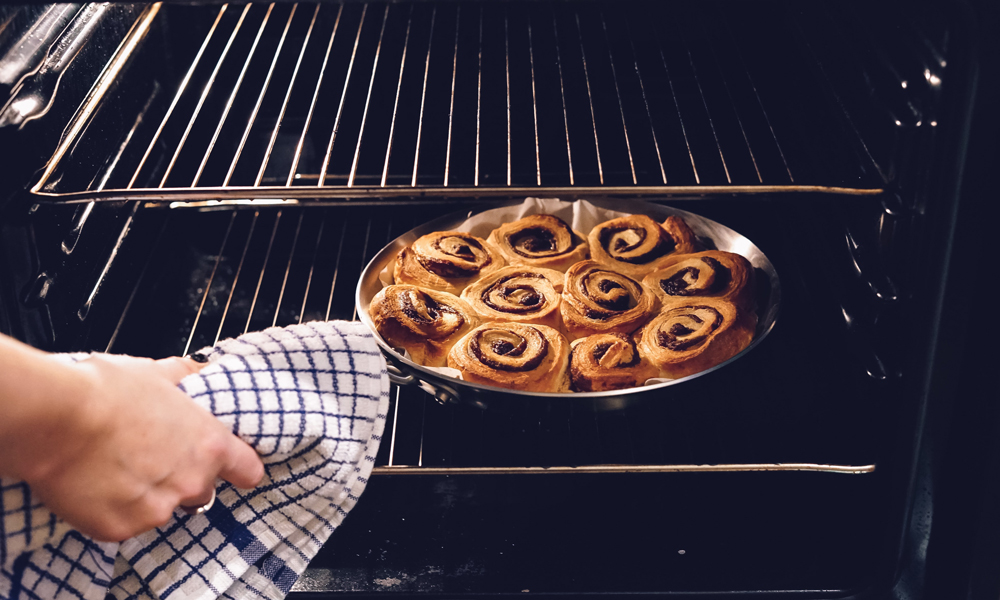The health crisis has also triggered a greater awareness of environmental issues and climate change. This has translated into the importance of eating locally sourced foods and becoming more self-reliant on farm-to-table resources. In fact, a recent BCG survey reported that 40% of individuals intend to adopt more sustainable behaviors around reducing energy consumption, reducing waste and consideration of food sources.

Photo by Toa Heftiba on Unsplash
In addition to heightened sustainability awareness, COVID-19 exposed critical weaknesses in the food supply chain. Rising costs and empty grocery shelves has caused consumers to become much more frugal around food waste. Cooking and storage monitoring will become more important as consumers strive to make the most of the pantry and fridge items.
As economies open, many consumers remain reluctant to eat outside the home, so it seems that the cooking at home trend is here to stay—and with it an increased demand in smart appliances, connected kitchen, cooking automation and food storage monitoring.
As we outlined in a previous blog post, digital olfaction can deliver a new aspect to the smart appliance that is largely unavailable—alerts and preset actions based on how food smells. These integrated digital olfaction sensors can not only help reduce food waste, they can also help nearly anyone become the next Paul Bocuse.

